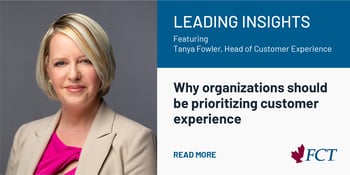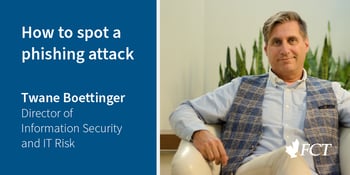
When you hear the word ‘brand,’ what do you picture? Do you envision a large, established brand like Pepsi or Coca-Cola? Or innovative brands such as Apple or Uber?
Whether people realize it or not, they’re making brand choices every day. These choices can be influenced by everything from affordability to availability, but at the top of the list of factors considered is often brand reputation.
So, how can brands represent themselves and communicate their values in a way that gains support and, more importantly, trust from the audiences they’re trying to reach?
In most cases, recognition and trust is built through consistent and transparent brand messaging, paired with a genuine interest in the needs and wants of the individuals or groups it is trying to reach.
While earning this trust is of paramount importance, it’s just as vital to find ways to maintain it. This tall task involves everything from understanding your audience to analyzing your environment, and continuously innovating your brand based on the intersection of the two.
Why does your brand matter?
Your brand’s reputation has a direct impact on your bottom line, making it your organization’s most valuable asset. It makes you memorable in the marketplace and is a source of pride for employees and partners alike. Brand reputation is imperative to success in today’s digital world, as expectations and accountability are higher than ever before.
Your stakeholders, including customers, employees, partners, industry and government, all need and want something different from your brand. It doesn’t matter if you operate in the business to business (B2B) or business to consumer (B2C) spaces—or both—as messaging should be targeted and tailored accordingly, ensuring that the right message is delivered to the right audience. This is why it’s also important to proactively identify who your key stakeholders are before going to market to ensure that your brand messaging aligns with the value you bring to each stakeholder group. So, how can you keep pace—and continuously innovate—to stay relevant and provide value to your target audience? It all starts with building your brand.
Effectively building your brand takes hard work—and a lot of it—as well as a deep understanding of the space your brand exists in, and who you’re trying to reach. This is where collaboration comes in. A well-informed brand is rooted in authenticity. It’s relatable, it’s approachable, and most importantly, it’s memorable.
The four key elements of brand building
So, how do you build a brand that checks all these boxes? To begin this process, there are four key elements that should be considered by organizations:
- Find your purpose: At the heart of every brand are its values, otherwise known as the “why” of a brand. By carefully defining these values, you’ll ensure that all brand elements reflect your ‘why,’ and to ensure they’re being conveyed in every interaction with key stakeholders.
- Develop a plan: Developing a road map for where your brand is heading and what your organization is trying to accomplish is essential. This ensures that you’ve accounted for all goals, challenges and stakeholders, and will help shape how they interact with your brand now and in the future.
- Think about your audience and market: Understanding your audience allows you to build your brand around them, whether that be your customers, partners or your employees. It’s also essential to analyze the environment and competitive landscape you’re operating in to ensure your brand stands out.
- Brand culture: Audience, values and purpose should inform the tone of your organization’s brand. However, to authentically convey this brand externally, it’s essential for these to be part of your organization’s internal framework as well. An effective way to accomplish this is to incorporate core values and purpose into your culture and day-to-day operations.
Innovation as a necessity for brands
Trusted relationships are a two-way street. They provide valuable education, insights and support to both parties. Staying connected with key stakeholders enables your brand to remain top-of-mind for all audiences. Creating emotional responses and connections is also an essential part of building a trusted brand.
Now more than ever, consumers and organizations are committed to doing business with like-minded and trusted organizations, meaning it is essential for your organization to innovate continuously and meaningfully. But how do you do this? A huge part of innovation is research, meaning you should always monitor the activity of the audiences you’re trying to reach as well as the products or services your competitors are offering.
Innovation is no longer a nice-to-have but a must-have, as it provides a critical opportunity for organizations to effectively convey their brand. In order to achieve this, organizations need to approach innovation through a lens of strategy and intention to not only improve the consumer experience but also create connection and trust over both the short and long term.
The importance of staying connected
Brand identity is the personality of your organization and the promise you make to your colleagues, customers and community. It is something that lets your stakeholders know what you stand for and who you are.
Furthermore, your brand is your point of differentiation in a crowded market. It gives meaning and value to not only what you do but why you do it—and these core elements inform all the touchpoints of how an organization acts and communicates.
A recognizable brand takes time and effort to build and can be easily lost in an ever-growing sea of competitors. It’s never been more essential to protect it, nurture it and allow it room to evolve and grow as times and temperatures change.







-min.jpg?width=350&height=216&name=FCT-Leading-Insights-Michael-LeBlanc-ENG_blog%20(1)-min.jpg)



-min.jpg?width=350&height=216&name=tanya-fowler-leading-insights-human-digital-innovation-blog%20(1)-min.jpg)




